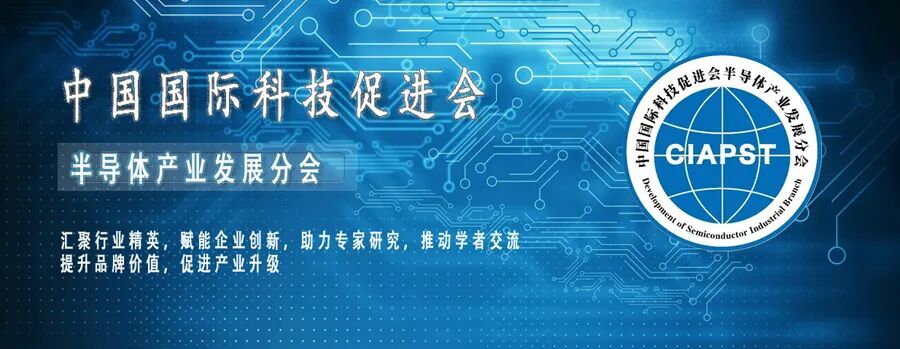Click the “blue text” above to follow us
 The ongoing escalation of the U.S. chip export ban against China is intended to curb the development of artificial intelligence in China, but it unexpectedly highlights Huawei’s technological breakthrough. While NVIDIA CEO Jensen Huang is anxious about China’s progress in computing power, Huawei’s AI computing cluster solution, CloudMatrix 384 (CM384), is rewriting the global AI competition rules with its disruptive performance, becoming a key variable in breaking the chip blockade.
The ongoing escalation of the U.S. chip export ban against China is intended to curb the development of artificial intelligence in China, but it unexpectedly highlights Huawei’s technological breakthrough. While NVIDIA CEO Jensen Huang is anxious about China’s progress in computing power, Huawei’s AI computing cluster solution, CloudMatrix 384 (CM384), is rewriting the global AI competition rules with its disruptive performance, becoming a key variable in breaking the chip blockade. Technological Breakthrough: Scaling Design to Overcome Single Chip Disadvantages
Technological Breakthrough: Scaling Design to Overcome Single Chip Disadvantages
The core breakthrough of CM384 lies in systematic innovation. Although the performance of each Ascend chip it carries is only one-third that of NVIDIA’s Blackwell architecture GPU, the fully interconnected topological architecture of 384 chips achieves a synergistic effect of “1+1>2”. This system can provide 300 PFLOPs of dense BF16 computing power, nearly double that of NVIDIA’s GB200 NVL72 system (160 PFLOPs), and has crushing advantages in memory capacity (3.6 times) and bandwidth (2.1 times).
This design approach exposes the soft underbelly of the U.S. technology blockade: when individual chips are restricted, China achieves a leap in computing power through system-level optimization. Huawei’s “stacked innovation” model essentially transforms the shortcomings of domestic chips into strengths—maximizing the efficiency of multi-chip parallelism through self-developed interconnection technology (similar to the CXL protocol). A report from the U.S. Semiconductor Industry Association indicates that such systems have surpassed traditional single-chip architectures in energy efficiency for ultra-large-scale AI training scenarios.
Industry Chain Restructuring: From “Choke Point” to “Counter-Chain”
The emergence of CM384 marks a new phase of “de-Americanization” in China’s AI infrastructure. This system does not use any NVIDIA GPUs or advanced process chips from TSMC, relying entirely on domestic Ascend series and domestic EDA toolchains. More critically, its software ecosystem is compatible with mainstream AI frameworks, allowing developers to migrate training tasks without needing to restructure code.
This self-controllable computing power system is shaking the foundations of U.S. technological hegemony. An assessment by international investment bank Goldman Sachs shows that the training costs of Chinese AI clusters are 40% lower than those of NVIDIA solutions, and they support larger-scale model iterations. Using CM384 as a base, Chinese research institutions have achieved breakthroughs in training large models with hundreds of billions of parameters, reaching “10,000 card hours of training per day,” far exceeding industry expectations.
Geopolitical Game: The New Battlefield of Computing Power Competition
Jensen Huang’s anxiety stems from a dual dilemma: on one hand, U.S. export controls are forcing China to accelerate technological self-sufficiency; on the other hand, breakthroughs by companies like Huawei are reshaping the global computing power supply chain. Currently, many countries in the Middle East and Southeast Asia have begun procuring Chinese AI clusters, and their cost-performance advantages are impacting the NVIDIA-dominated markets in Europe and America.
The more profound impact lies in the struggle for discourse power over technological standards. The domestic interconnection protocol and distributed scheduling system adopted by CM384 are promoting the formation of an independent “Chinese standard” that is separate from the CUDA ecosystem. If this system spreads with the “Belt and Road Initiative,” it could give rise to a new global division of labor in computing power—where the West focuses on cutting-edge chip design, and China controls large-scale computing infrastructure, creating a misaligned competition.
Breakthrough Insights: A Paradigm Revolution in Hard Technology Competition
The Huawei case reveals a new path for China’s technological breakthroughs: when advanced processes are restricted, performance gaps can be achieved through architectural innovation and systems engineering. This “software-defined hardware” approach is being replicated in fields such as semiconductors and quantum computing—such as the Chinese Academy of Sciences’ “Zuchongzhi” quantum computer, which achieves internationally leading quantum volume values through algorithm optimization using mid-range devices.
The essence of this computing power competition is the confrontation of different technological routes. The U.S. attempts to delay China’s AI development by cutting off chip supplies, but this has instead prompted China to find a new path of “collective breakthroughs.” As CM384 demonstrates: in the era of technological sovereignty, true blockades are never about banning a specific chip, but about whether one can build an ecosystem of self-evolving innovation. As Chinese computing power clusters begin to export overseas, the balance of global technological power is subtly shifting.
 END
END
Source: Sina Finance
Disclaimer: The content is sourced from Chip Ranking. For reference and communication only. The copyright of the reprinted articles belongs to the original authors and institutions. If there is any infringement, please contact us for deletion.
Previous Reviews01Expert Think Tank | Expert Introduction (1)02Expert Think Tank | Expert Introduction (2)03Expert Think Tank | Expert Introduction (3)05
Expert Think Tank | Expert Introduction (4)
06
Expert Think Tank | Expert Introduction (5)
